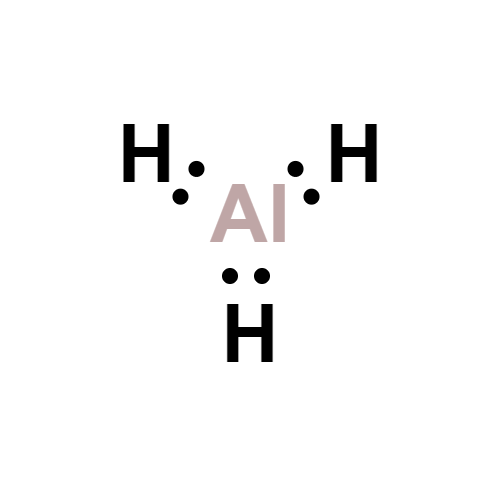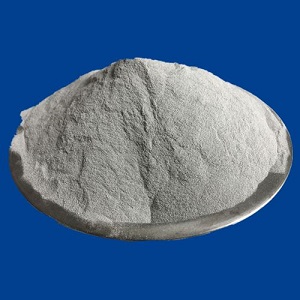
Aluminium Sheet
- Product NameAluminium Sheet
- CAS7429-90-5
- CBNumberCB00129513
-
MFAl
Lewis structure
- MW26.98
- EINECS231-072-3
- MDL NumberMFCD00134029
- MOL File7429-90-5.mol
- MSDS FileSDS
Chemical Properties
| Melting point | 660.37 °C (lit.) |
| Boiling point | 2460 °C (lit.) |
| Density | 2.7 g/mL at 25 °C (lit.) |
| bulk density | 0.77g/cm3 |
| vapor pressure | 0.13-1300Pa at 974℃ |
| Flash point | 400°C |
| storage temp. | Flammables area |
| solubility | insoluble in H2O; soluble in acid solutions, alkaline solutions |
| form | wire |
| Specific Gravity | 2.702 (Water=1) |
| color | Yellow |
| PH | 0.5 (H2O, 20°C) |
| Flame Color | Silvery-white |
| Odor | Odorless |
| biological source | goat |
| Resistivity | 2.6548 μΩ-cm |
| Water Solubility | Insoluble in water. |
| Sensitive | Moisture Sensitive |
Safety
| Symbol(GHS) |

|
|||||||||
| Signal word | Danger | |||||||||
| Hazard statements | H228-H261 | |||||||||
| Precautionary statements | P210-P223-P231+P232-P240-P241-P280 | |||||||||
| Hazard Codes | F,Xi,Xn,N | |||||||||
| Risk Statements | 17-15-36/38-10-67-65-62-51/53-48/20-38-11-50 | |||||||||
| Safety Statements | 7/8-43A-43-26-62-61-36/37-33-29-16-9 | |||||||||
| RIDADR | 1396 | |||||||||
| OEB | B | |||||||||
| OEL | TWA: 10 mg/m3 (total) | |||||||||
| WGK Germany | 3 | |||||||||
| RTECS | BD0330000 | |||||||||
| Autoignition Temperature | 400 °C | |||||||||
| TSCA | Yes | |||||||||
| HazardClass | 8 | |||||||||
| PackingGroup | III | |||||||||
| HS Code | 76032000 | |||||||||
| Hazardous Substances Data | 7429-90-5(Hazardous Substances Data) | |||||||||
| Toxicity | An element that is abundant (about 8%) in the crust of the earth. Aluminum appears to have no biological function and, from the point of view of acute toxicity, is essentially non-toxic. Because it is primarily eliminated by excretion, people with compromised kidney function may accumulate the metal. In kidney dialysis patients, this is a particular problem because the dialyzing solution may contain high concentrations of aluminum. This condition (dialysis encephalopathy or dialysis dementia) has symptoms that include impaired memory, EEG changes, dementia, aphasia, ataxia, and convulsions.One possible mechanism of toxicity may be inhibition of hexokinases in the brain. The chelating agent deferoxamine has been used successfully in treating this condition.Aluminum is one of the primary toxicants leached into surface water (and, therefore, water supplies) by acid deposition. The connection between aluminum and Alzheimers disease is controversial and many investigators believe there is no connection. | |||||||||
| NFPA 704: |
|

